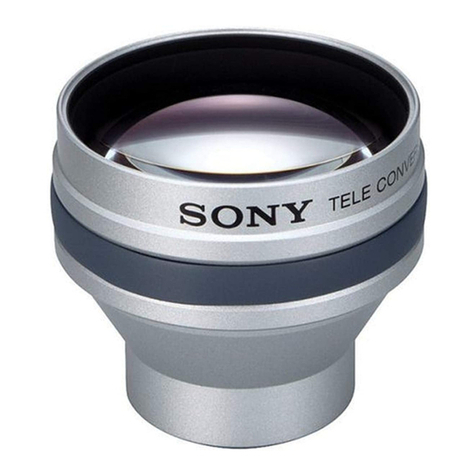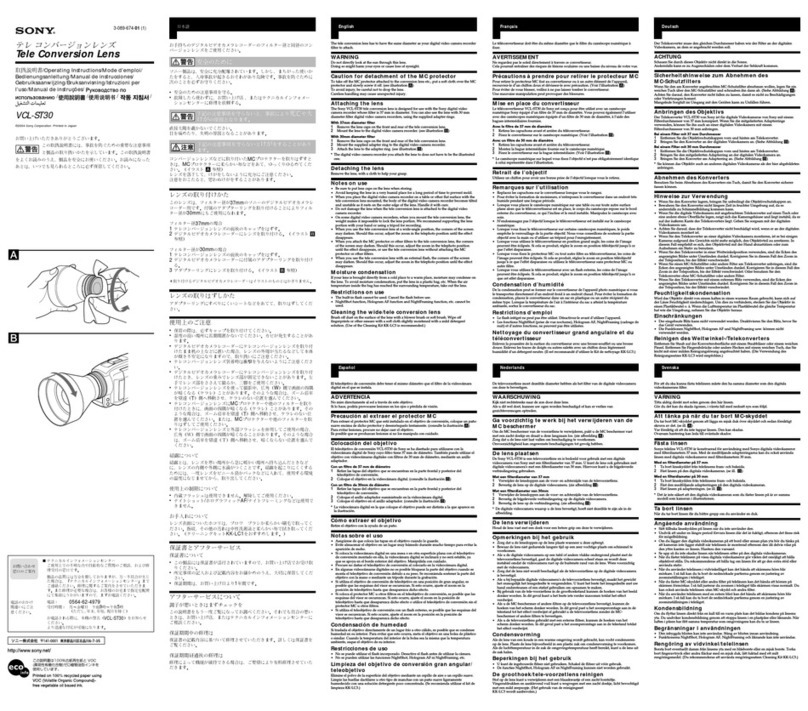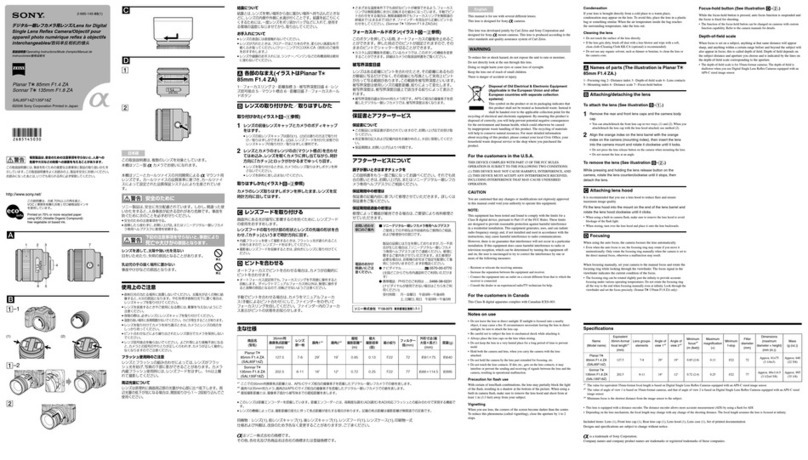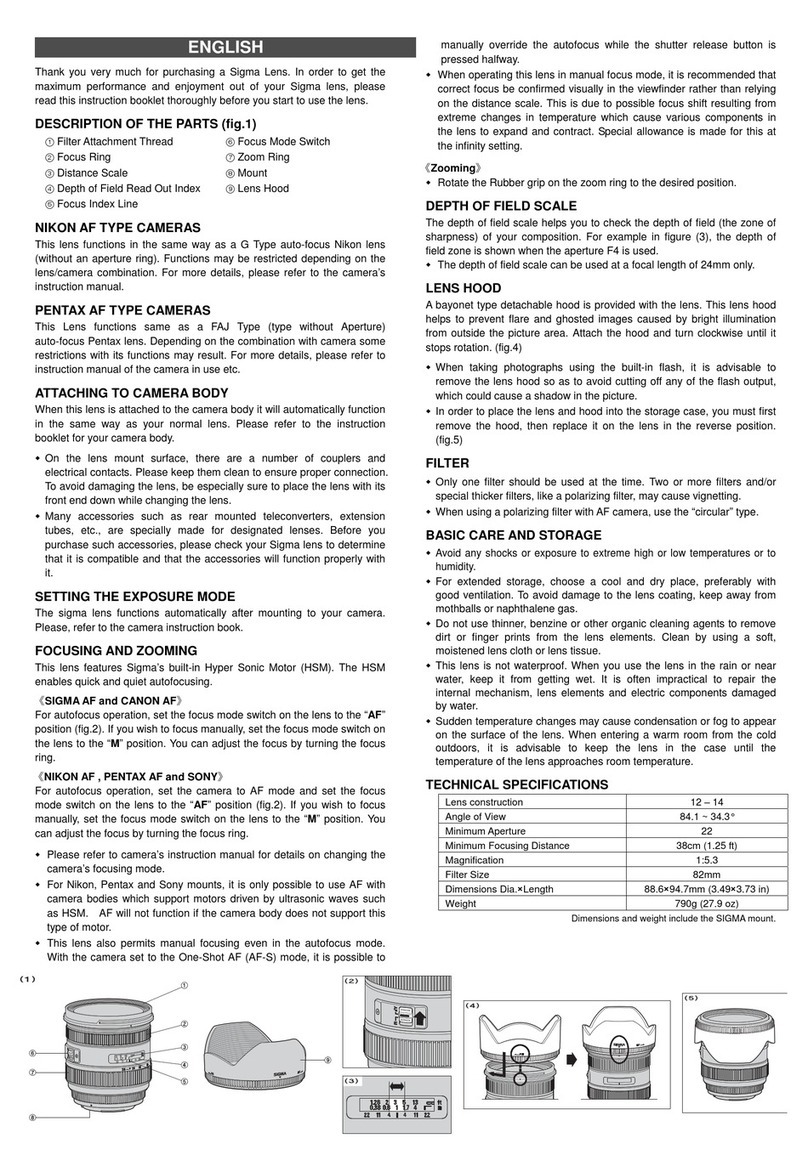GeneralDescription
Vertical shift is the most popular: upward, especially when photographing
high buildings, so that the camera does not have to be tilted upward; and
downward for product shots at an oblique angle or also for shots from
high locations such as towers or mountains so that the camera does not
have to be tilted downward When the camera is tilted either upward or
downward, perpendicular lines are not imaged as perpendicular, but rather
converge upward or downward, which is very pronounced in wide-angle
shorts and can be very irritating
These converging lines can be prevented with the PC-SUPER-ANGULON
28 mm f/28 just as with adjustable large-format cameras If the adjustment
range of ¡1 mm (the clearance of the camera bayonet xes this limit) is not
sufcient in extreme cases due to the oblique view being too steep, the
parallel shift of the lens largely prevents the sloped position of the con-
verging lines and furthermore also reduces the vertical compression of the
imaged object which would otherwise occur The image then again corre-
sponds to the natural visual impression
The rotary mount, however, also allows horizontal movements or a shift in
a slanted direction, e g to be able to take a frontal photograph without any
distortion from a lateral location or a location with a slanted offset if this
would otherwise be impossible due to an obstacle or potential reections



























